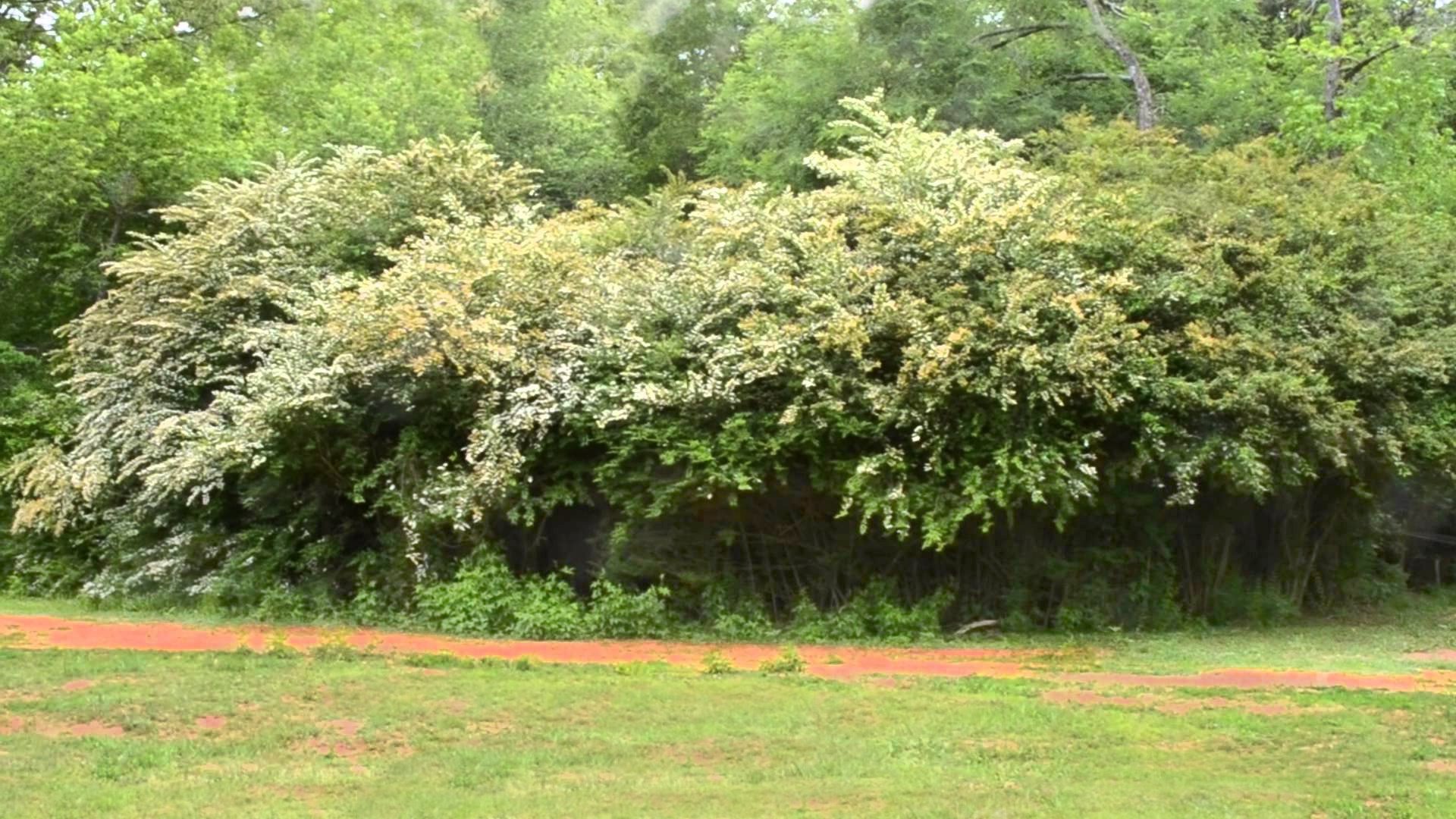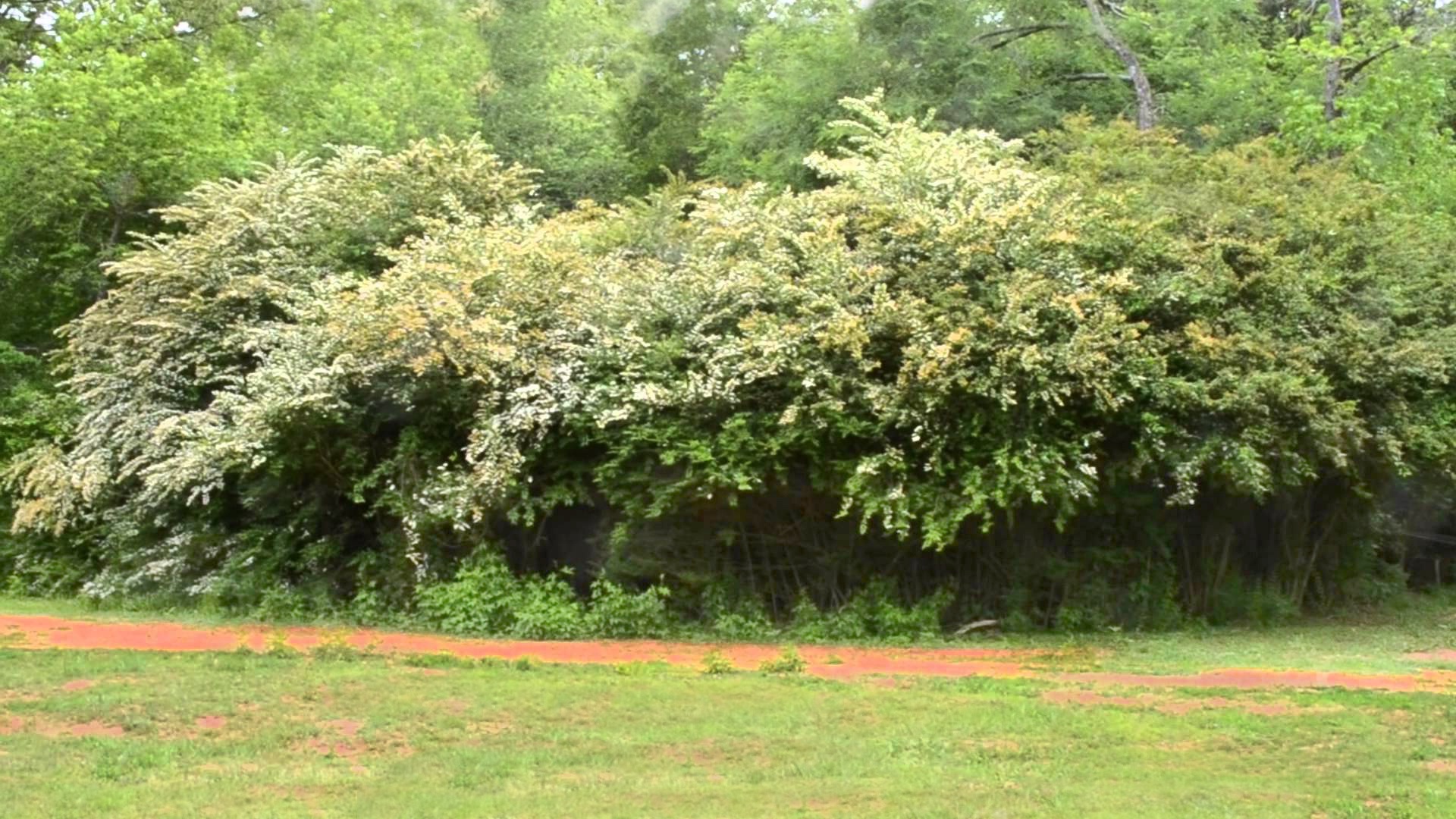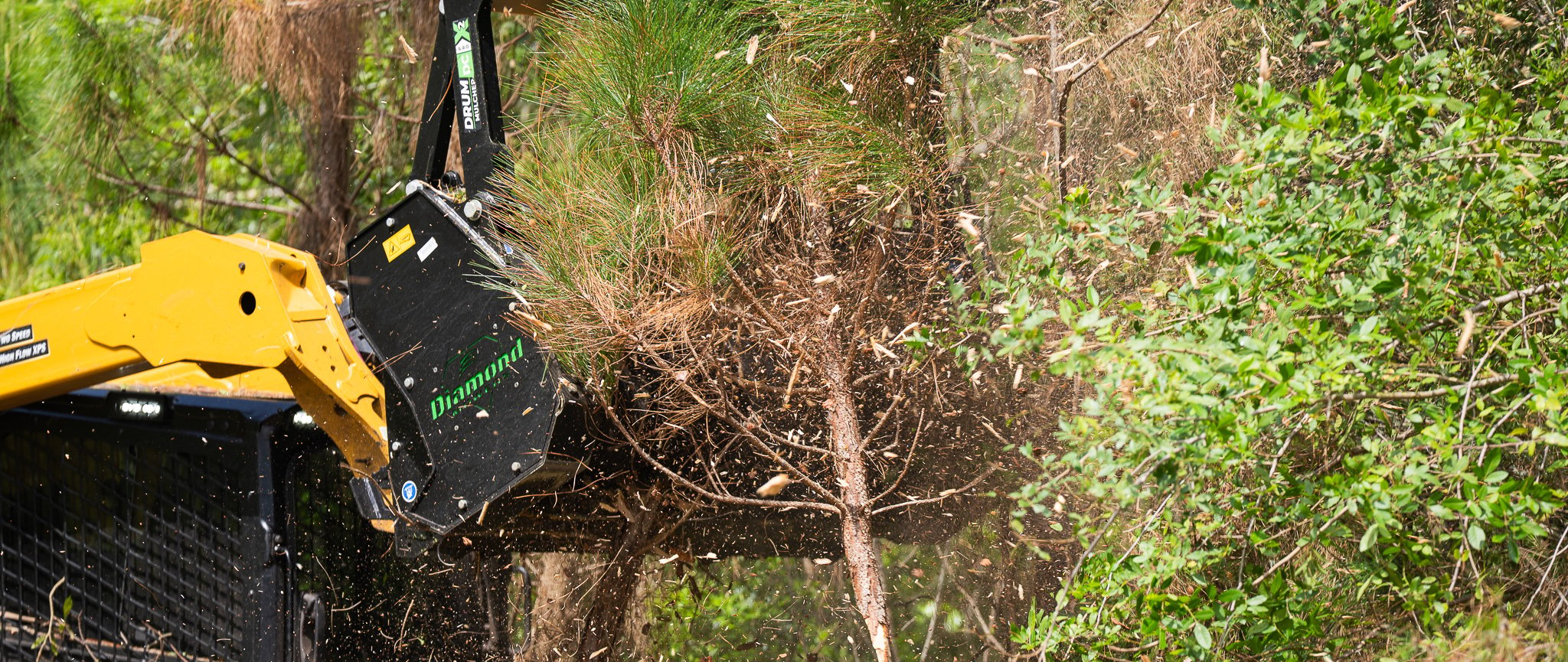Mulch Madness - Tackling The Chinese Privet
Apr 02, 2018 . 1 min read


Native to Asia, Europe, and North Africa the privets were introduced to the United States in the 1850’s as an ornamental shrub for landscaping and cut flower arrangements. Due to its quick growing nature, the Chinese Privet is still commonly sold and distributed by nurseries to be used as hedging in landscape projects. With the ability to outproduce the native foliage, the Chinese Privet has become invasive primarily in the southeast and some eastern regions.
What To Look For
- Typically 12-ft, but can grow up to 30-ft
- Thick, oval, glossy leaves 2-2.5 inches that grow opposite of each other
- Hold leaves into winter and drops them before spring
- Smooth, gray-to-light tan bark
- Produces small white flowers in June-July
- Produces hundreds of black berry like fruit

Map of Chinese Privet territory in the US. (Courtesy of https://www.invasive.org)
The Chinese Privet spreads easily and can produce hundreds of seed-bearing fruit that is consumed by birds and other wildlife. The invasive shrubs are commonly found along fence lines and in forest areas forming dense patches, rapidly overtaking natural habitats. If left unattended, the Chinese Privet can encroach into pasture or rangeland, reducing the profitability and usability of production land.
Solution
Vegetation management is required to eliminate this invasive species. Using a mechanical solution, such as Diamond’s Skid-Steer Rotary Mower or Forestry Mulcher, is fast, efficient, and extremely effective.
Watch the Diamond Skid-Steer Forestry Mulcher in Action below:




